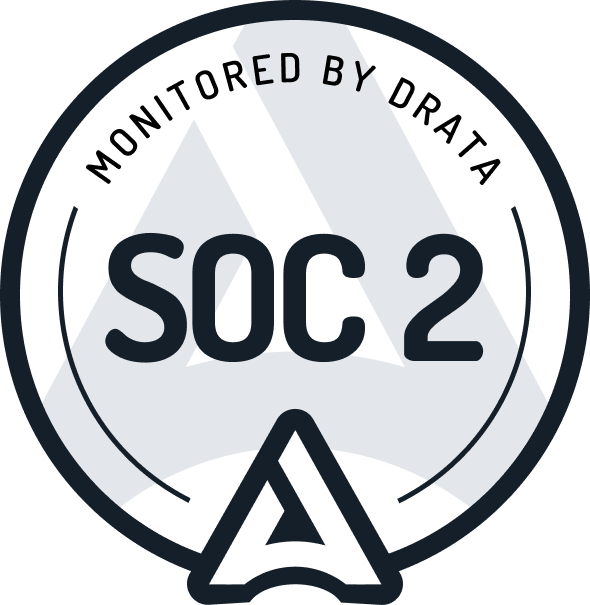As the world enters its fourth year of widespread remote work, HR leaders are facing a persistent challenge in maintaining and boosting employee engagement. The past few years have seen a decline in various aspects of engagement, with clarity of expectations, connection to the company's mission, and opportunities for growth and recognition taking a hit, as reported by Gallup. This decline in engagement is further exacerbated by factors such as reduced employee tenure, seasonal mass layoffs, and a competitive job market. In this ever-evolving landscape, HR leaders are acknowledging the crucial role that employee engagement plays in organizational success and are making it a top priority in 2024.
The Current Landscape
According to recent research conducted by Mathison, a significant 52% of HR, DEI, and TA leaders have identified improving engagement and morale as a primary focus in the past 12 months. This aligns with the broader trend where 63.3% of companies find retaining employees more challenging than hiring them, emphasizing the strong correlation between employee engagement and retention. Organizations are now faced with the complex task of managing a diverse workforce with varying work arrangements, including in-office, hybrid, and remote configurations.
Technology as a Solution
Many HR leaders are turning to technology to address the challenges of engaging a dispersed workforce. Our research also showed a staggering 76% of HR, DEI, and TA leaders use technology to monitor employee engagement, leveraging platforms like Culture Amp and Lattice for real-time feedback and measurement of workplace culture. Recognition platforms such as Bonusly and Kudos are also gaining popularity, allowing employees to trade points for rewards. The use of technology not only provides valuable insights but also supports data-driven decision-making in HR, DEI, and TA.
Data-Driven Decision Making
A shift towards data-driven decision-making is evident, with 55% of respondents from our poll relying on internal data to shape their employee engagement strategies. This preference for internal data over 3rd party data, such as industry benchmarks, suggests a strategic approach to crafting customized and tailored engagement strategies. This approach becomes increasingly crucial as organizations navigate the complexities of a distributed workforce.
Predictions for the Future
Looking ahead, it is predicted that more businesses will leverage technology for employee engagement through either existing HR vendors expanding their functionality or stand-alone employee engagement platforms. Access to fresh and easily consumable data for tracking engagement is expected to become a standard requirement, whether collected in-house or through a 3rd party. Organizations will need to adapt their engagement strategies to meet the evolving demands of the labor market, incorporating quarterly in-person events for remote teams, expanding mentorship and learning opportunities, and offering diverse benefits packages to cater to individual needs.
Conclusion
In 2024, HR leaders recognize that sustaining and improving employee engagement is not just a goal but a necessity for organizational success. The integration of technology, a commitment to data-driven decision-making, and a focus on key metrics and initiatives will be crucial in navigating the challenges presented by the evolving work landscape. As organizations adapt and innovate, the investment in employee engagement is proving to be a strategic imperative for a thriving workforce and sustained business success.
.png)














